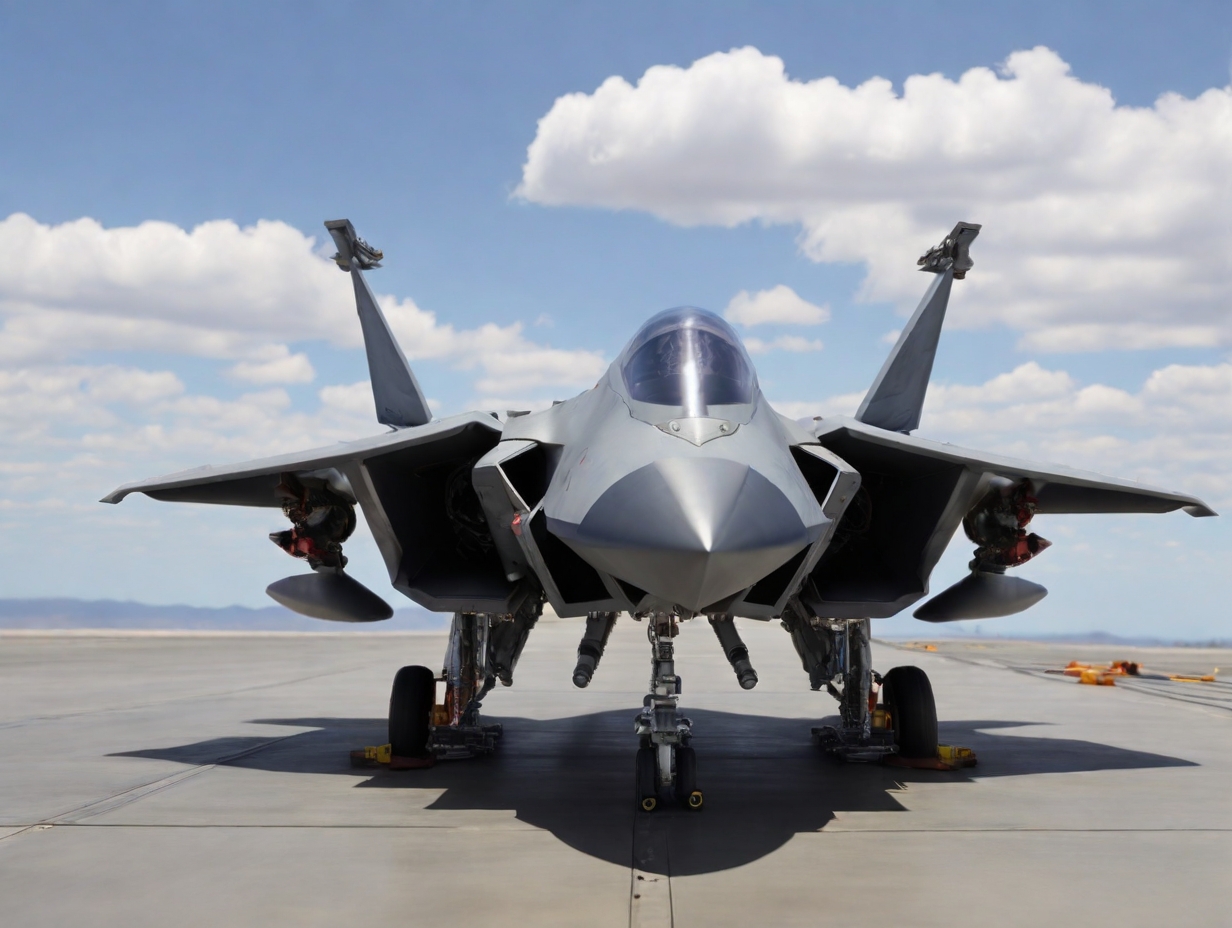In a major step toward integrating artificial intelligence into military activities, the US Air Force recently completed the first official test flight of a fighter aircraft controlled by an AI system. The dazzling demonstration, which was open only to a select few media members, demonstrated the Air Force’s commitment to being at the forefront of employing AI-enabled systems within aerial defense.
AI outperforms human pilots
But even so early, with only around two dozen real flights under its belt since September 2023, the AI proved to be a quick study. It already outmatched some of experienced human fighter pilots, said Secretary of the Air Force Frank Kendall, who rode shotgun on the test flight fully aware it was the AI-controlled aircraft that was outclassing any human pilot.
It was a one-hour test built around a hypothetical combat situation in which an AI-controlled fighter squared off against an F-16 with a human pilot. Both aircraft made maneuvers to gain an advantage, but the AI showed its supremacy in outmaneuvering the human pilot.
With this advanced learning technique, the AI in the Air Force’s system can start learning basic maneuvers in the sim by using a combination of simulation and real operational flying to test out different strategies and methods. Then, data from actual flight tests is integrated into the simulator to enable the AI to constantly improve its skills in an iterative learning cycle.

AI-controlled aircraft, Source: DALL-E 3 through notebookcheck
US Air Force embracing cost-effective solutions
Suppose the US does indeed have the field to itself for AI-controlled military aircraft in current real operations. In that case, plans for the first unnamed AI aircraft are not expected to launch until 2028, with a target of 1,000 ready for deployment. China is actively expected to develop similarly.
Kendall defended such overambitious intentions on the grounds that the exclusion of AI technology is hazardous to security. However, humanitarian organizations, including the Red Cross, have raised concerns that AI systems might act independently regarding decisions regarding the employment of weapons.
Kendall further allayed the fears by claiming that human operators would always watch and monitor the AI system whenever a weapon was deployed. Yet beyond the tech benefits, the Air Force is also moving toward the use of AI-controlled aircraft as another step toward a budget-minded approach. Now facing looming budgetary concerns due to the recent large expenditures, the Air Force wishes to produce smaller and less expensive aircraft by not having to account for human pilots in the production model.
In a world rushing to unleash AI in the military domain, the US Air Force, by taking a bold stride, furthered its commitment to holding a strategic advantage by exploring cost-effective, cutting-edge solutions for national security.





